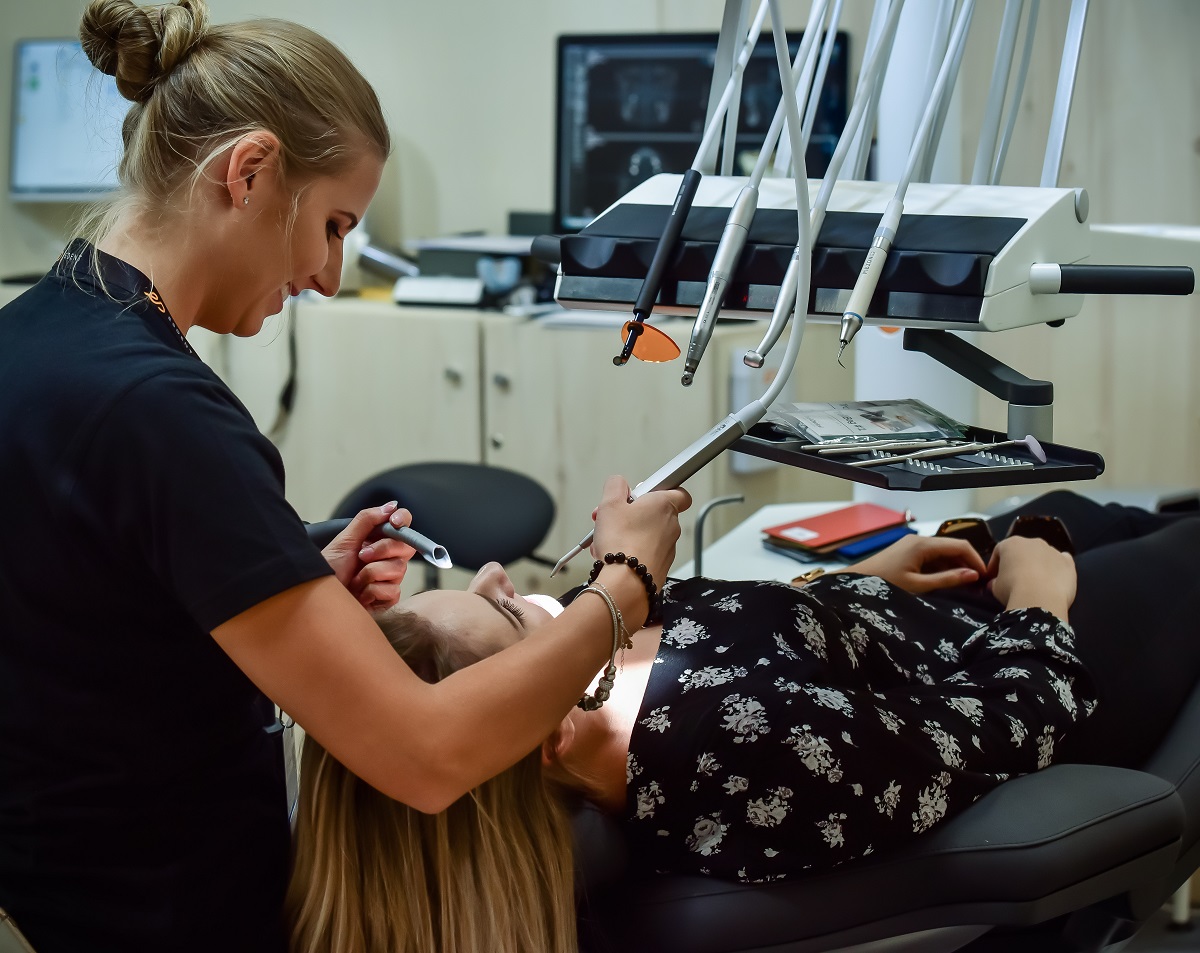Maintaining attractive, healthy teeth is essential to promoting your physical and emotional well-being. But it’s no question that dental procedures can be expensive, especially if you want major work done.
According to a report by the American Dental Association, the average dental expenditure per person is $685. Any spending above can be a financial burden.
Although bills for dental checkups are relatively inexpensive, you want to cover unexpected costs for dental emergencies, like procedures, 24/7 emergency dental service, and prosthetics. In this case, having dental insurance can help.
How Does Dental Insurance Work?
Like other types of health insurance, dental insurance helps you pay for specific dental work. It can be as straightforward as tooth cleaning or as complicated as implants.
Unlike health insurance, dental insurance offers lower premiums. However, there’s a catch. Don’t expect your plan to cover every procedure. Dental insurance gives you 100-80-50 coverage, meaning:
- You don’t have to pay for preventative and diagnostic services like checkups and cleanings.
- You’re covered 80% of the costs for necessary work like tooth fillings and root canals.
- You still have to pay 50% of the costs related to procedures like bridgework and crowns.
Some plans might not cover all expenses for emergency operations. Others might not have annual limits, but they do have low amounts.
Choosing the Dental Insurance Plan for You
You want to take care of your teeth, mouth, and gums, so getting dental insurance makes excellent financial sense. But how do you choose the right plan?
Typical dental plans fall into three main categories:
- Indemnity or fee-for-service
Indemnity or fee-for-service plans let you pick a dental provider. This type of insurance is helpful if you have a long-time dentist.
However, your premiums under an indemnity plan tend to be more expensive than others. It is also on a reimbursement basis, meaning you’ll have to pay for the service upfront, then file a claim.
- Health Maintenance Organization (HMO)
Having an HMO plan involves paying a monthly or annual fee to have dental work done by providers in the insurance network. Depending on the insurance provider, you may not have a deductible or a maximum limit. You might even have a low premium.
However, be prepared to pay out of pocket for a portion of dental procedures. Some providers offer to cover less than 50% of major or restorative dental work. This plan may not be for you if you have preferred dental providers.
- Preferred Provider Organization (PPO)

The PPO plan is one of the most common insurance plans available. If you don’t have a dentist, you can choose a dentist from a plan’s in-network or preferred providers. Their premiums are lower compared to indemnity and HMO plans.
This plan is best if you want to be more flexible with your choice of dental providers or don’t want to pay a high premium. However, be prepared to pay out of pocket if you exceeded the annual maximum amount.
To get the best dental insurance plan, identify your current and future needs. How much do the necessary procedures cost, and would you be willing to pay for them out of pocket? Are you loyal to one dental provider, or are you flexible with your choice of dentists?
Your regular trips to the dentist could become budgetary concerns. Having an insurance plan makes it easier for you to maintain good oral health and peace of mind. Take some time to figure out your needs to find the best plan for you.






